
The predominant religion in Brazil is Christianity, with Catholicism being its largest denomination.
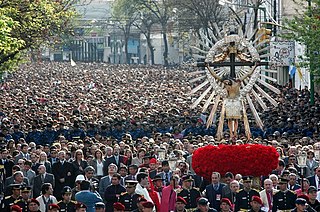
Christianity is the most widely professed religion in Argentina, with Roman Catholicism being its largest denomination. This historical background is very much due to the Spanish influence brought about through the newly conquered territories. However, affiliation with Protestant churches is increasing and immigration throughout the 20th century has brought other religions from various regions to Argentina.
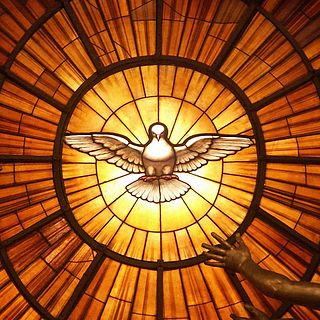
The Catholic Charismatic Renewal (CCR) is a movement within the Catholic Church that is part of the wider charismatic movement across historic Christian churches.

Christianity is the predominant religion in Bolivia, with Roman Catholicism being its largest denomination. Before the arrival of Spanish missionaries, the people residing in the territory of modern day Bolivia practiced a variety of faiths.

The Catholic Church in Venezuela is part of the worldwide Catholic Church, under the spiritual leadership of the Pope in Rome. The Roman Catholic Church in Venezuela comprises nine archdioceses, three vicariates, a military ordinariate, and two Eastern Rite exarchates under the spiritual leadership of the Pope, the Curia in Rome and the Venezuelan Bishops Conference.

The Colombian Catholic Church, or Catholic Church in Colombia, is the branch of the Catholic Church in the South American nation of Colombia.

Christianity is the predominant religion in Mexico, with Catholicism being its largest denomination representing around 78% of the total population as of 2020. In recent decades the share of Catholics has been declining, due to the growth of other Christian denominations – especially various Protestant churches, Jehovah's Witness and Mormonism – which now constitute larger shares of the population. Conversion to non-Catholic denominations has been considerably lower than in Central America, and central Mexico remains one of the most Catholic areas in the world.

Protestantism in Brazil began in the 19th century and grew in the 20th century. The 2010 Census reported that 22.2% of the Brazilian population was Protestant, while in 2020 the percentage was estimated to have risen to 31% of the population, over 65 million individuals, making it the second largest Protestant population in the Western world.
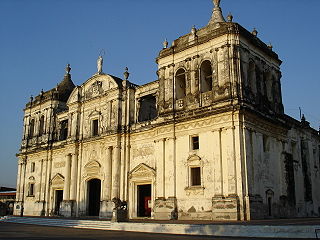
Religion in Nicaragua is predominantly Christian and forms a significant part of the culture of the country as well as its constitution. Religious freedom and religious tolerance is promoted by the Nicaraguan constitution yet the government has in recent years detained, imprisoned, and likely tortured numerous Catholic leaders, according to multiple news outlets. As of 2020, 79% of believers stated they are Christian.

Christianity has dominated Guatemalan society since its Spanish colonial rule, but the nature of Christian practice in the country has changed in recent decades.

Christianity is a minority religion in Laos.
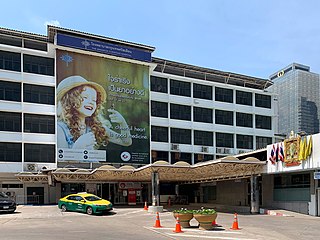
Christianity was first introduced to Thailand by European missionaries. In 2021, it represented 1.2% of the national population, which is predominantly Buddhist. Christians are numerically and organizationally concentrated more heavily in the north, where they make up an estimated 16% of some lowland districts and up to very high percents in tribal districts.
The Constitution of Cameroon provides for a secular state with freedom of religion.
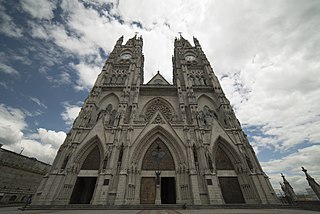
When it comes to religion, the Ecuadorian society is relatively homogeneous, with Christianity being the primary religion. Catholicism is the main Christian denomination in the country. There are also small minorities of other religions.

Christianity is the predominant religion in Kiribati, with Catholicism being its largest denomination.
The Constitution of Panama provides for freedom of religion.
This article details the history of the Catholic Church in Brazil from the colonial era until the modern era. The Federative Republic of Brazil is the largest country in South America. It is the world's fifth largest country, both by geographical area and by population with over 201 million people. Catholicism is the country's predominant faith with approximately 64.6% of the population identifying as a member of the religion. Brazil has the world's largest Catholic population.
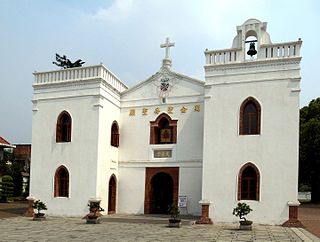
Christianity in Taiwan constituted 3.9% of the population, according to the census of 2005; Christians on the island included approximately 600,000 Protestants, 300,000 Catholics and a small number of members of the Church of Jesus Christ of Latter-day Saints.
Eastern Orthodoxy in Guatemala refers to adherents, communities and organizations of Eastern Orthodox Christianity in Guatemala. Many of the Eastern Orthodox Christians in Guatemala are ethnic Mayas. Although the dominant religion in Guatemala is historically Roman Catholicism, in recent decades other Christian denominations have gained adherents there. Eastern Orthodox Christianity in particular has been growing rapidly, as a number of schismatic Catholic groups have expressed their desire to become Eastern Orthodox and have been received under the jurisdiction of Eastern Orthodox hierarchs. Currently, there are two distinct Eastern Orthodox communities in Guatemala, the Antiochian and the Constantinopolitan.
The Catholic charismatic renewal is a recent movement in the Catholic Church to re-emphasize the charisms of the Holy Spirit in lay people's everyday lives.















